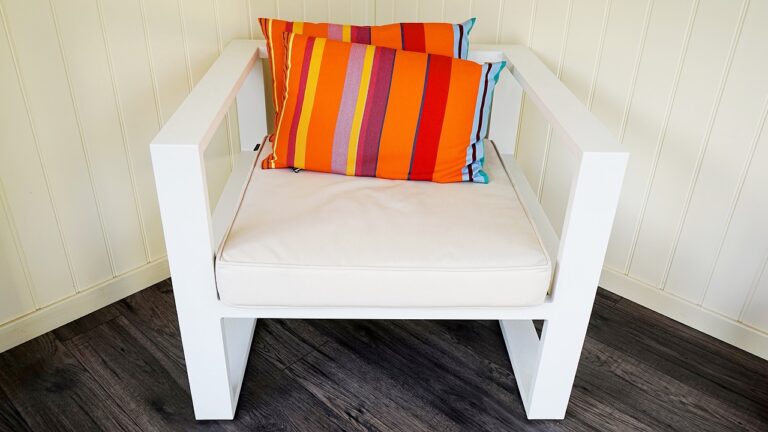Sustainable Transportation for Urban Lifestyles: Biking, Walking, and Public Transit
Biking offers numerous benefits as a mode of transportation in urban areas. Firstly, it is a cost-effective way to navigate through congested city streets, as it eliminates the need for fuel or public transport expenses. This makes biking a sustainable and budget-friendly option for daily commutes or short journeys around the city.
Additionally, biking promotes physical health and well-being. By incorporating cycling into their daily routine, urban dwellers can easily achieve their recommended daily exercise targets without needing to find extra time for the gym. This not only improves individual fitness levels but also contributes to reducing overall healthcare costs and enhancing the quality of life in urban environments.
Challenges of Promoting Walking in Urban Environments
Promoting walking in urban environments faces various obstacles that hinder its widespread adoption. One significant challenge is the lack of pedestrian infrastructure in many cities, such as poorly maintained sidewalks, insufficient crosswalks, and inadequate street lighting. These factors contribute to safety concerns and discomfort for pedestrians, discouraging people from choosing to walk as their primary mode of transportation.
Moreover, urban areas often prioritize vehicle traffic over pedestrian needs, leading to long wait times at traffic lights, limited pedestrian-friendly spaces, and congested sidewalks. This hostile environment can make walking a less appealing option for individuals, especially when faced with the convenience and perceived efficiency of driving or taking public transit. As a result, efforts to promote walking as a sustainable and healthy mode of transportation must address these systemic challenges to create a more pedestrian-friendly urban landscape.
Advantages of Public Transit for Sustainable Urban Living
Public transit systems play a crucial role in supporting sustainable urban living by reducing traffic congestion and decreasing air pollution. By offering an efficient means of transportation, public transit helps to minimize the reliance on individual cars, leading to a reduction in greenhouse gas emissions. This collective approach not only benefits the environment but also promotes a more sustainable and eco-friendly lifestyle for urban residents.
Additionally, public transit enhances accessibility and connectivity within urban areas, providing a cost-effective and convenient mode of transportation for a diverse range of individuals. A well-developed public transit network can improve mobility options for residents, particularly those who may not have access to private vehicles. This inclusivity not only fosters social equity but also helps create vibrant and interconnected communities that prioritize environmental stewardship and sustainable urban development.
• Public transit reduces traffic congestion and air pollution
• Decreases reliance on individual cars, leading to lower greenhouse gas emissions
• Promotes a more sustainable and eco-friendly lifestyle for urban residents
• Enhances accessibility and connectivity within urban areas
• Provides a cost-effective and convenient mode of transportation for diverse individuals
• Improves mobility options, especially for those without private vehicles
• Fosters social equity and creates vibrant, interconnected communities prioritizing environmental stewardship
What are some benefits of using biking as a mode of transportation in urban areas?
Biking in urban areas can reduce traffic congestion, improve air quality, promote physical activity, and save money on transportation costs.
What are some challenges of promoting walking in urban environments?
Some challenges of promoting walking in urban environments include safety concerns, lack of pedestrian-friendly infrastructure, long distances between destinations, and cultural preferences for driving.
What are the advantages of public transit for sustainable urban living?
Public transit can reduce carbon emissions, decrease traffic congestion, provide affordable transportation options, improve accessibility for all residents, and support economic development in urban areas.







